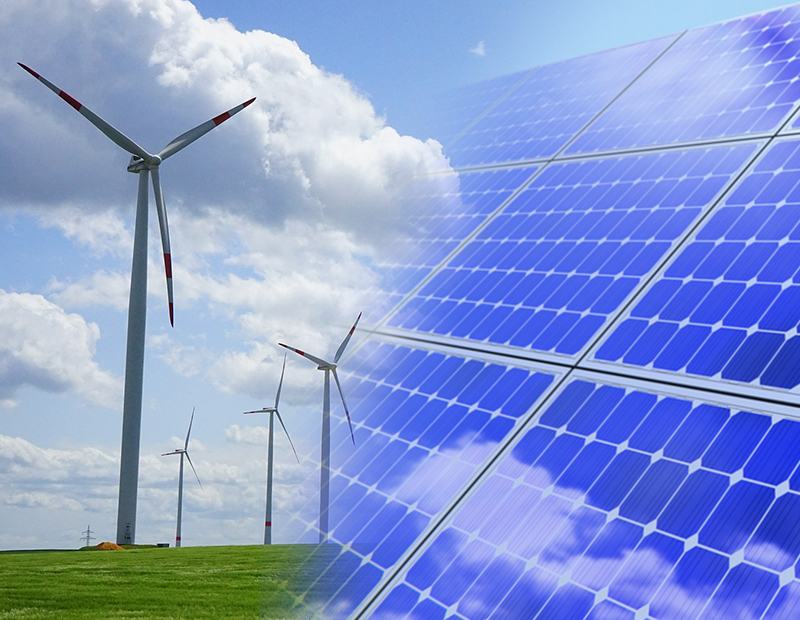REAL Houston, New Force for Renewable Energy
A new alliance founded by Sunnova, Pattern Energy, EDF, Willkie Farr & Gallagher and HBW Resources aims to grow the city’s renewable energy division.
Houston, also known as the “Energy Capital of the World”, keeps up with advancements in the energy industry and works its way to include “renewable” in the moniker. Community leaders launched a new alliance dubbed the Real Energy Alliance Houston (REAL Houston), which aims to grow the city’s renewable energy division and accelerate the energy transition.
The newly formed group has as founding members solar and energy storage provider Sunnova, renewable energy company Pattern Energy, EDF, international law firm Willkie Farr & Gallagher and HBW Resources, a strategic consulting, advocacy and policy campaign firm exclusively focused on energy, environment and transportation issues. The alliance will develop online programming, open conversations with thought leaders, enable introductory opportunities for those not in the industry, share innovation highlights and offer networking opportunities.
READ ALSO: Capitalizing on Texas’ Sunshine: Trends, Threats
The alliance builds not only on Houston’s well-established position in the energy industry but also on the state’s exceptional progress in renewable energy generation. Globally, Texas occupies the fifth rank in the production of wind power and is on the top position in the country with more than 30 gigawatts of wind installations. Another 5,450 megawatts of wind capacity were under construction through the second quarter of 2020, 1,137 MW of which were in advanced development. Last year, wind energy provided 17.5 percent of all in-state electricity production and avoided 49 million metric tons of carbon dioxide emissions, the equivalent of 10.5 million cars’ worth of emissions avoided.
On the solar side, the Lone Star State ranks fourth in the country with more than 5,500 megawatts of solar projects installed through the second quarter of 2020, which produce enough energy to power some 642,000 households. More than four gigawatts of solar capacity is anticipated to come online over the next five years, which would boost Texas to the second position in the country. Last year, solar energy provided 1.4 percent of the state’s electricity.








You must be logged in to post a comment.